In the nail industry, a nail chart serves to identify the various elements of a person’s nails. The dimensions and shape of every single digit are evaluated and documented by nail technicians as part of their professional practice. The measurement collected from such a chart also play an instrumental role in uncovering any potential abnormalities and crafting a custom experience for clients.
At the base of our fingernails lies the nail chart, which is broken down into four distinct sections. The first area, closest to the cuticle, is known as the nail bed, which contains the ever-important nail matrix. Extending outward from this bed is our free edge; it’s the portion of the nail that can be trimmed and styled as desired. Fortifying the foundation of the nail sits the nail fold; a protective cover on both sides of the base, shielding it from dirt and bacteria. Finally, we can identify the visible portion of our nail – the nail plate – which includes all aforementioned areas mentioned thus far.
Drawing measurements using a specialist ruler, the technician will determine the length, thickness, width, and cuticle depth of the nail. This ruler usually features tick-marks for inches, centimeters, and millimeters. After obtaining these readings, the technician can pick the correct shape and size of the nail to meet the clients’ specified preferences.
Nail shapes come in a variety of styles, but the most common are the square, round, oval, stiletto, and almond. The square shape remains popular due to its versatility and ease of upkeep; it may be worn in any nail length. Round nails also have wide appeal, seeing as they are classy for many lengths and carefree to keep. Shorter nails will benefit from an oval shape that elongates them for the look of greater length. Stiletto and almond shapes are bold styles that should be left to longer nails for best effect.
Having established the desired nail shape, the technician will then select the corresponding size best suited for the client. A wide range of sizing options are available, ranging from 0 being the tiniest to 10 being the most sizeable. Usually, a size slightly more expansive than the individual’s natural nail size is recommended as it ensures a snug fit.
The process of executing the desired look is almost complete once the chart is consulted to ensure that the shape and size of nails is just right. To finish it off, a combination of nail polish, gel polish, and acrylics is used by the nail technician to apply the last touches.
Knowing the specifics of the nail chart is key for nail technicians looking to craft the perfect set of nails for their clients. An understanding of how shapes and sizes fit key into the equation can lead to truly outstanding results. At the end of the day, by using the nail chart and following a well-defined set of instructions, technicians can deliver beauty that’s worthy of any professional.
The maintenance of long-term nail health is a priority for many manicurists and pedicurists, and for this reason they use nail charting. This approach documents any irregularities in the nails as well as their length, with the objective of giving the aestheticians an accurate picture of the condition of the nails over a period of time. In other words, it’s a way for a professional in the beauty or personal care business to monitor the wellbeing of their clients’ nails.
From the tips of our fingers to beneath the surface, chronicling signs within the nails can assist in discerning potential health problems and nailing down accurate diagnoses to target appropriate treatments.
Meticulously charting the nails requires knowledge of their length, shape, and overall soundness. A standard nail chart will document, in millimetres, the length of each nail as well as the appearance – such as any unremitting discoloration, fungal issues, or fragmenting – of the nail.
Millimetres from the base of the nail to the free edge comprise standard measurements for nail length. Shape is also determined by which of three categories the nail falls into: square, round, or oval. Discolouration – like yellowing or unusual hues – induces observation of nail colour. Texture may present with ridges, bumps, and other irregularities that necessitate secure notation. Splits in nails may be due to infection or injury, thereby requiring documentation. Moreover, it’s vital to chronicle any nail disorders, such as fungal infections and psoriasis. All of these elements comprise a comprehensive nail chart.
Keeping track of the evolution of a nail condition is critical when conducting assessments. Taking note of any remedial attempts used to remedy the ailment can also assist in concluding if the technique is viable or if alternate treatments need to be tried.
Both manicurists and their clients benefit from nail charting, a practice that records the overall health of the nails and any modifications throughout time. This data can be used for pinpointing possible health difficulties and the proper treatment to be administered.
When someone visits a nail technician with an issue such as split or weak nails, charting can be utilized to identify whether it is a health concern or just the outcome of inadequate nail maintenance. By bringing to light potential health issues through examining the charts, these problems can be addressed earlier on, improving the overall health of the client’s nails.
Tracking changes to the nails is an integral part of a professional manicure or pedicure. Spanning from nail health to treatments used, charting enables the manicurist and their client to recognize potential issues and offer appropriate solutions. Documenting all alterations over a designated period of time allows for more thorough evaluations, aiding in pinpointing underlying conditions and providing the necessary treatments. Nail charting is a helpful tool for both the technician and their customers in this regard.
Related Product

U Sod Staple
Product Information: Landscape Staples * 11 GAUGE STEEL CONSTRUCTION: The points on the staples are sharp enough to pierce commercial ground cloth, and the staples are long […]
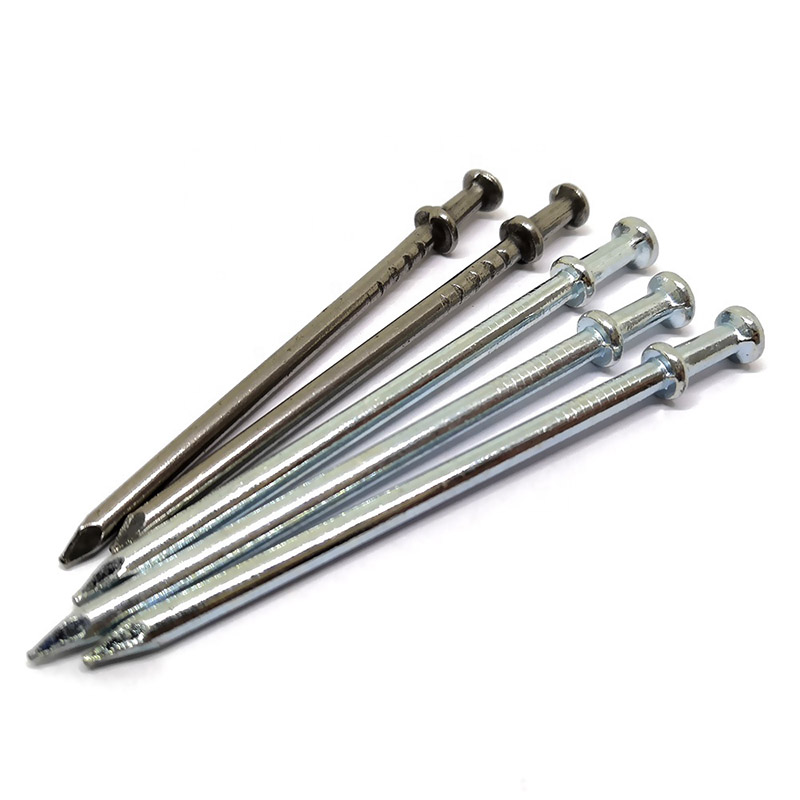
Double Head Nail
Product Information: Material Q195/Q235 Surface Treatment Bright, E.G, H.D.G, M.G, V.C, C.C, P.C and so on Head Two Head Shank Smooth Shank Point Diamond Point Kinds of pa […]
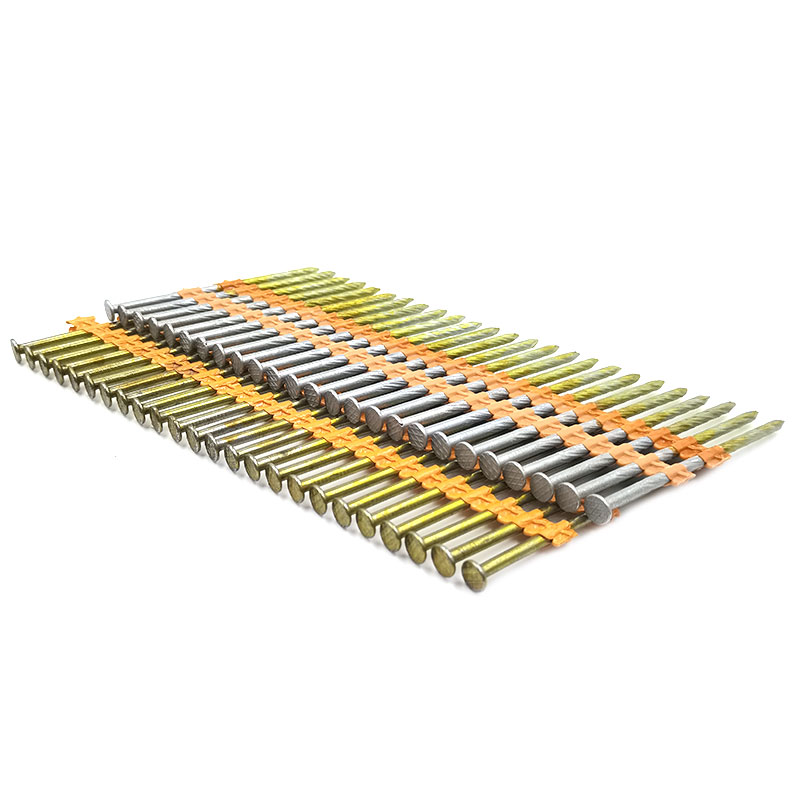
Plastic Strip Nail
Product Information: Diameter/mm(±0.05mm) Length/mm(±1.5mm) 2.87 50/60/65/70/75 3.05 70/75/83/90 3.33 75/83/90 3.76 75/90/100/130 4.11 75/90/100/130 4.5 75/90/100/130 Featur […]
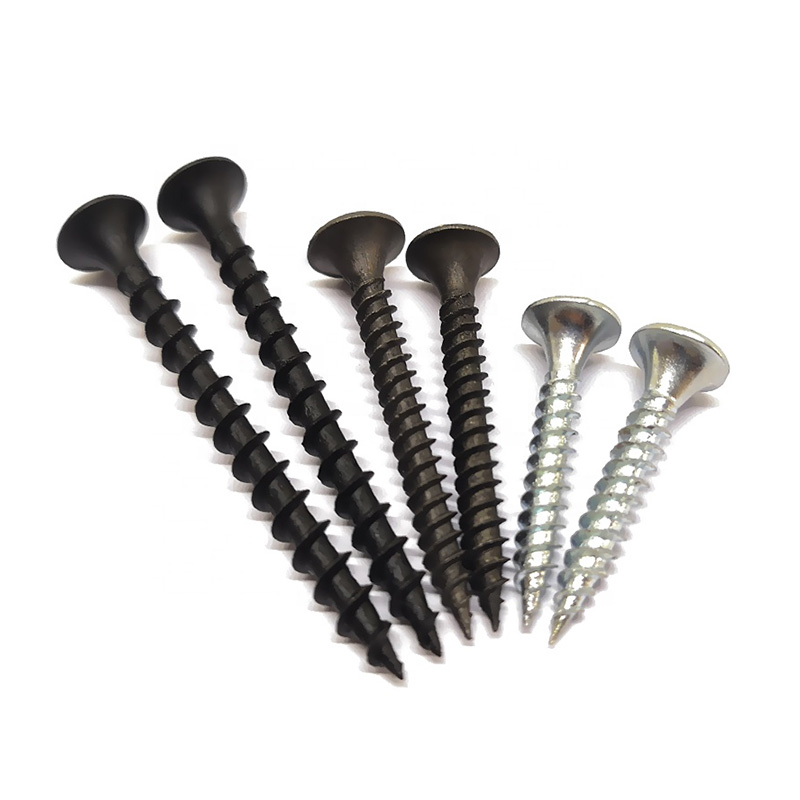
Drywall Screw
Product Information: Product Name Screws Drywall Nail Material Carbon steel C1022a Color Black,Galvanized Standard ISO,GB,DIN,JIS,ANSI,BSW Diameter M3.5-M6.3, 6#-14# Length […]
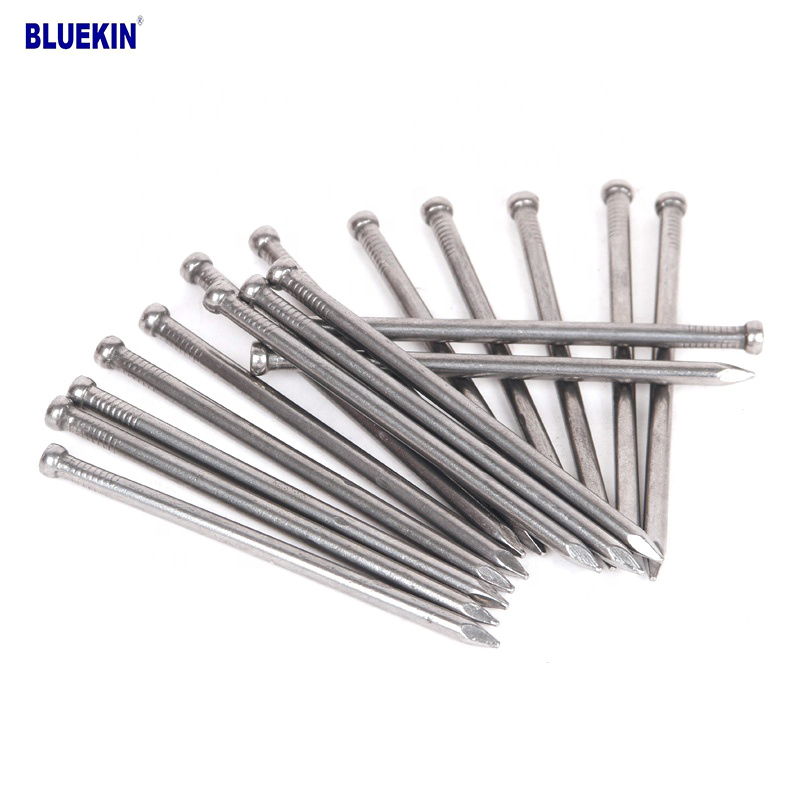
Headless Nail
Product Information: Cheap Lost Head Nails/ Headless Nails/ Finishing Nails Price Material Q195 or Q235 iron wire rod or according to request Size 1″ – 6″ Finish Polished or […]
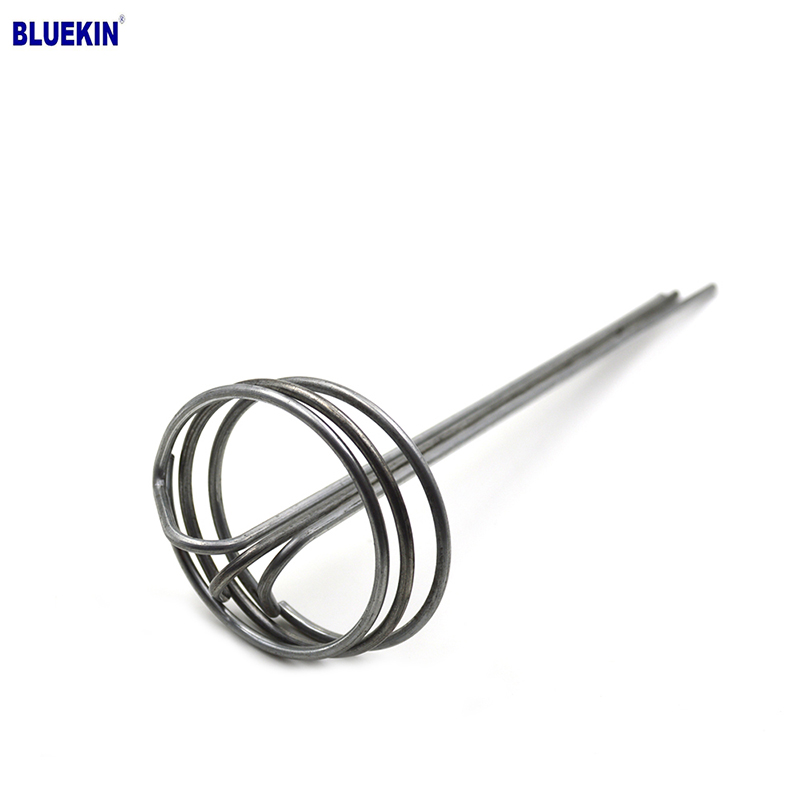
G Sod Staple
Product Information: Product name Sod Staple Material: Q195 /Q235 Size: 3/4X14GA, 3/4X9GA, 7/8X14GA, 1X9GA, 1-1/4X9GA, 1-1/2X9GA, 1-3/4X9GA Type: Round head with smooth shan […]

Paper Strip Nail
Product Information: Material Q195, Q235, stainless steel Surface Finish Bright, Galvanized, Hot Dipped Galvaized, Electro Galvanized, Zic Yellow, Zine Bule, MG, Dacro, etc. […]

Black concrete nail
concrete nail with special materials, concrete nails are specialty nails compared with common iron nails. It is harder, the shank is short and thick commonly and it has excellent p […]
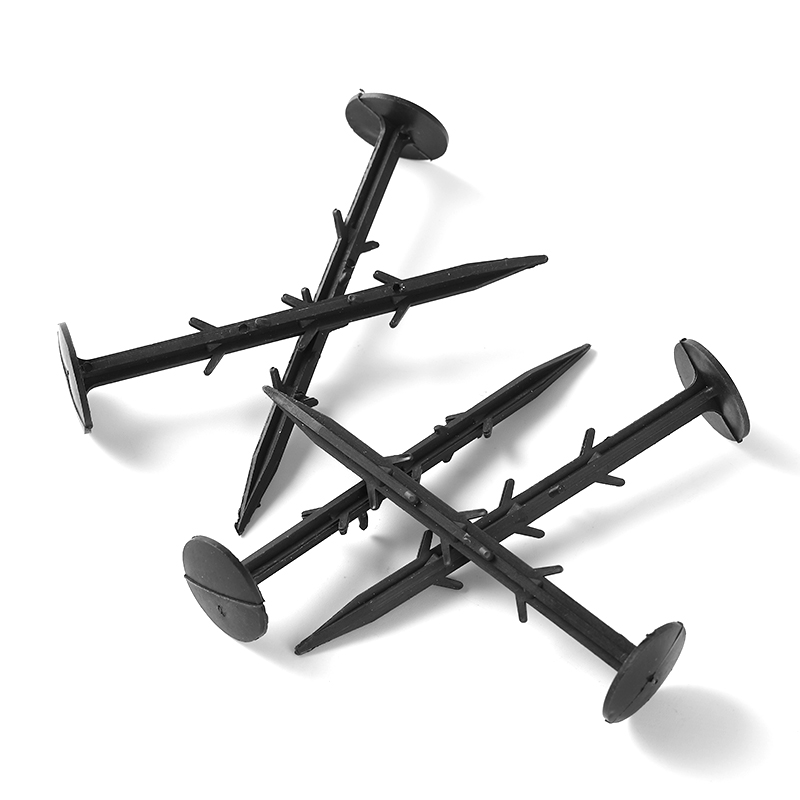
Garden Nail
Product Information: Black or yellow color plastic ground pegs are used for fix the ground cover or woven fabric or fleece on the ground. Material: Virgin PP OR PP +UV stabi […]